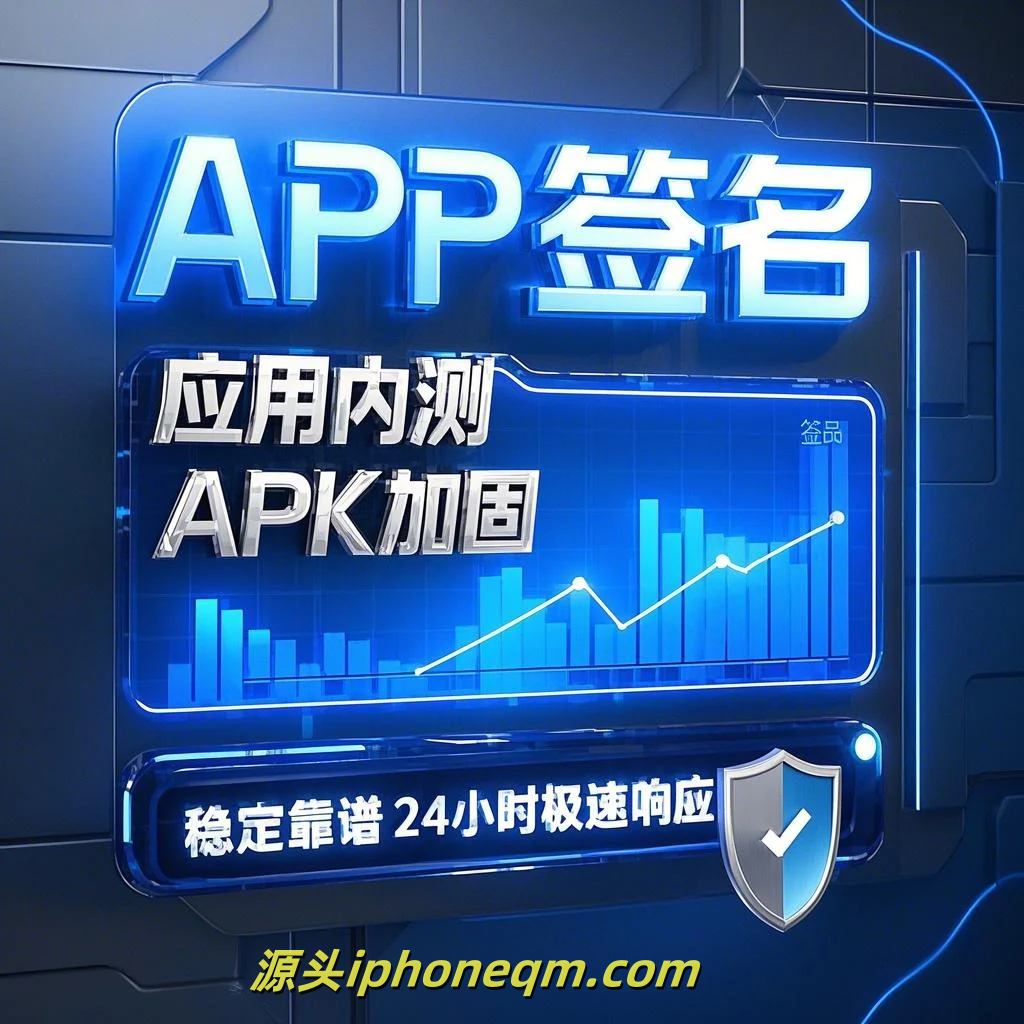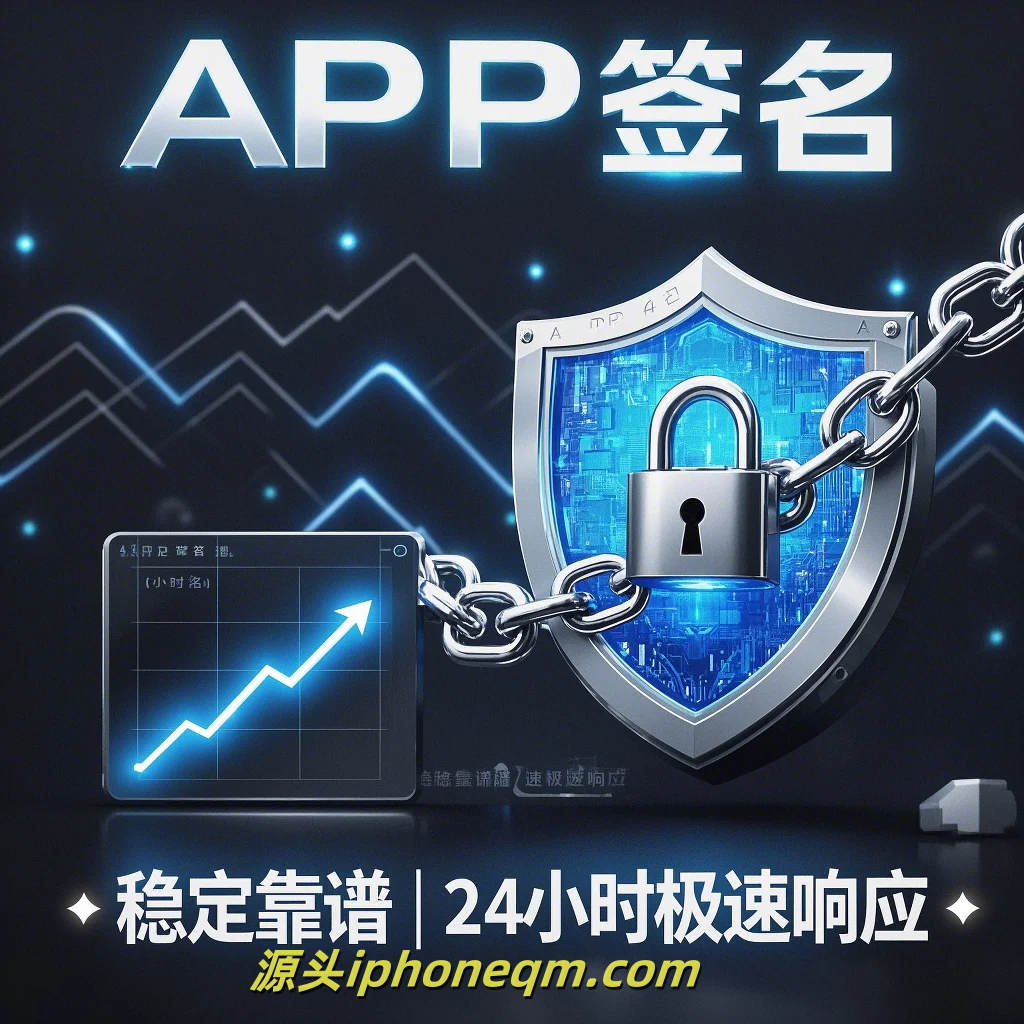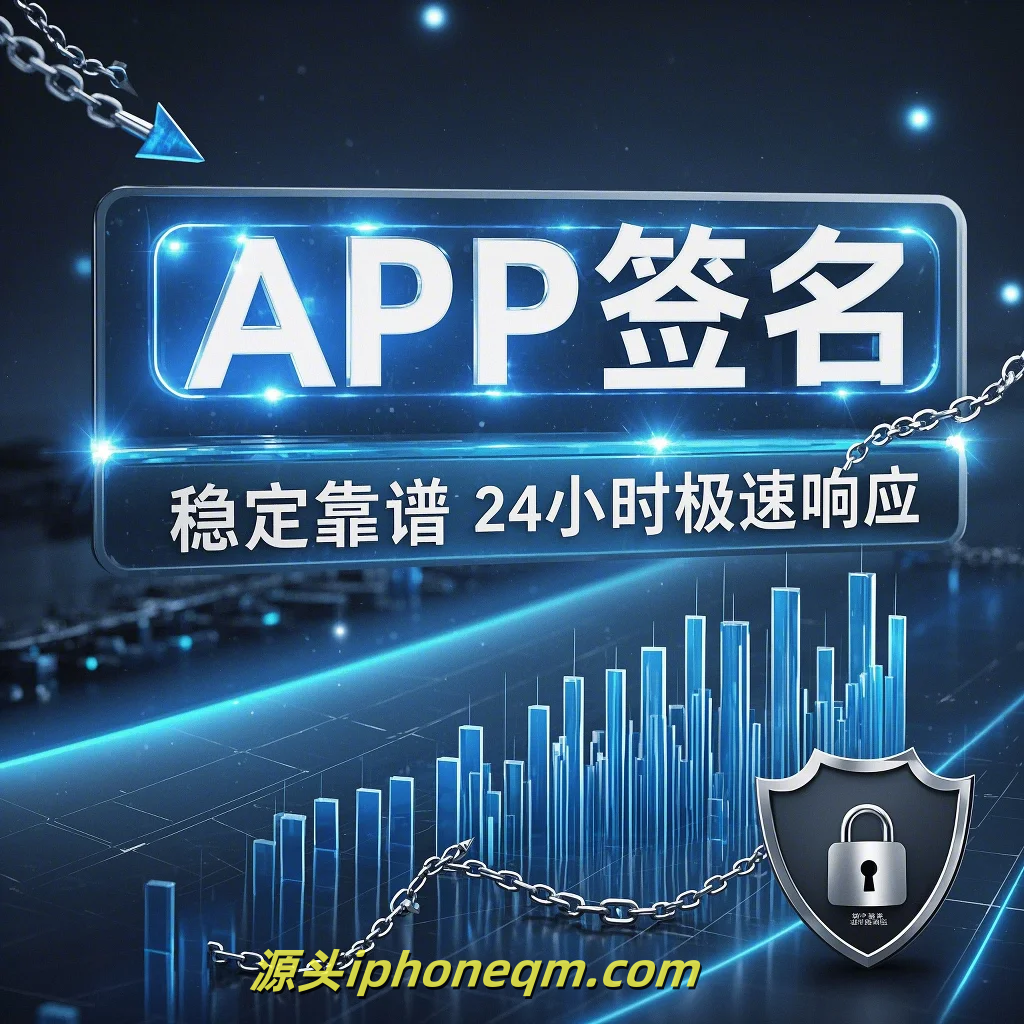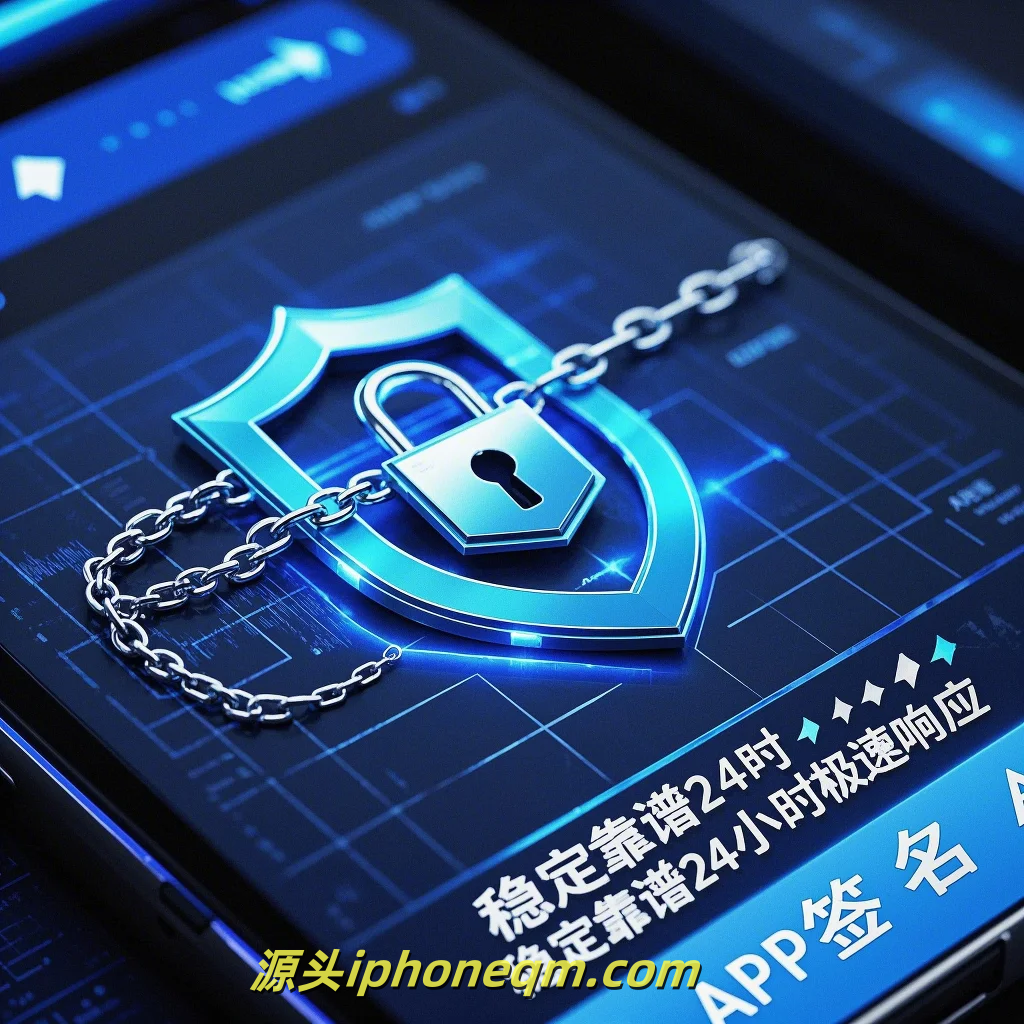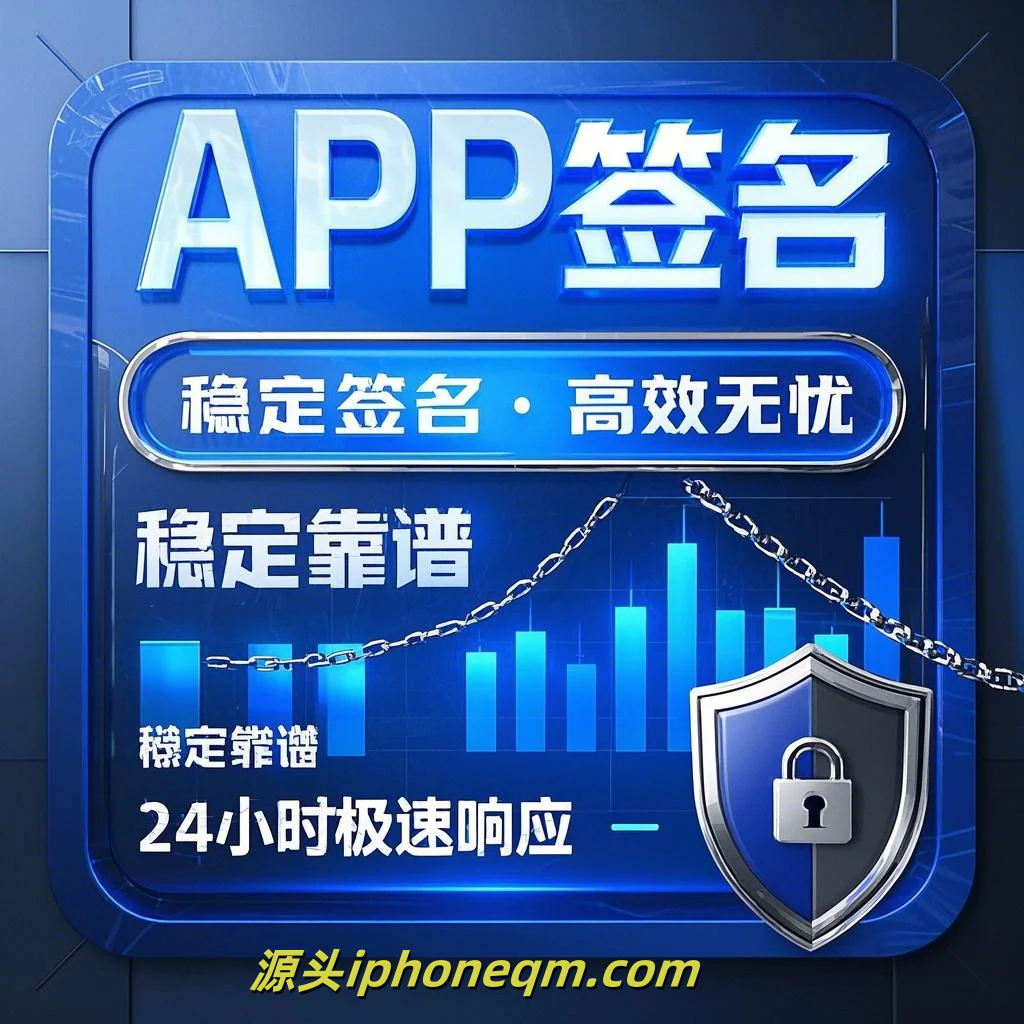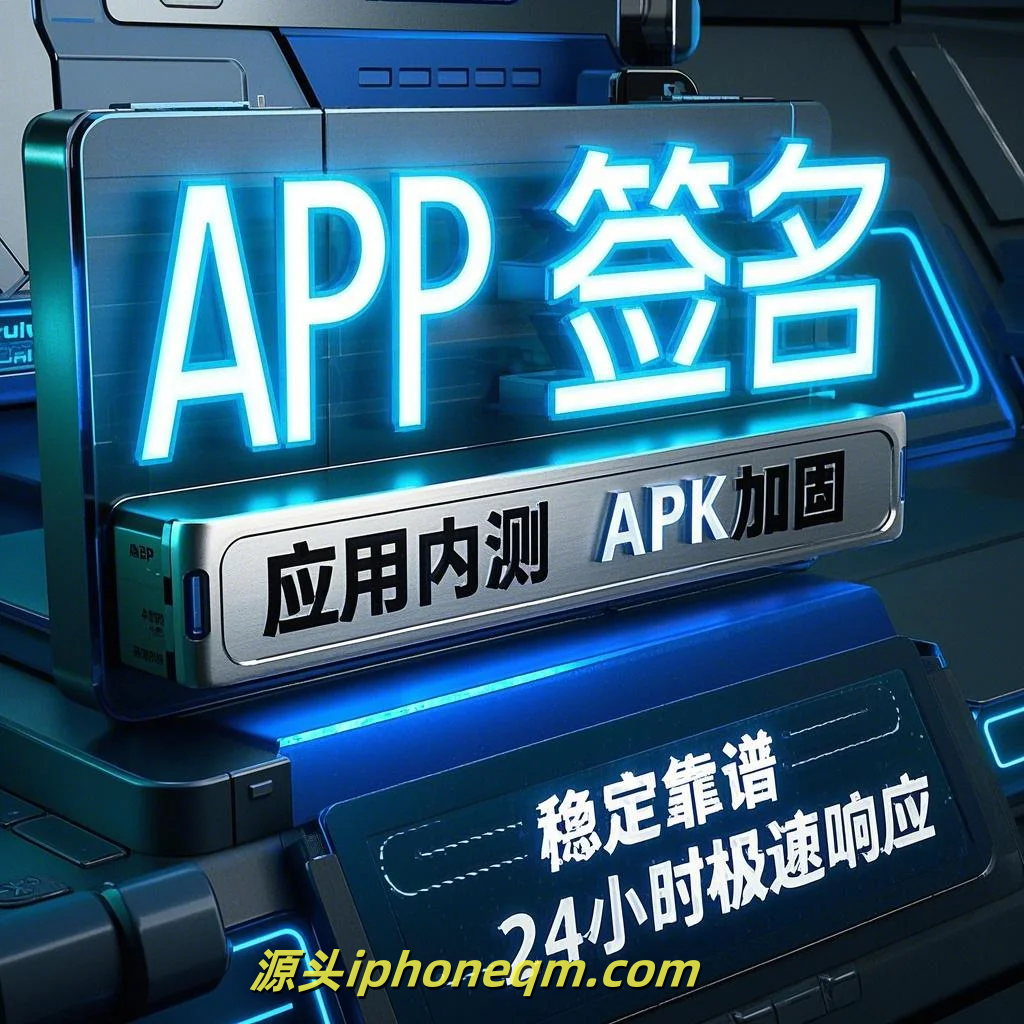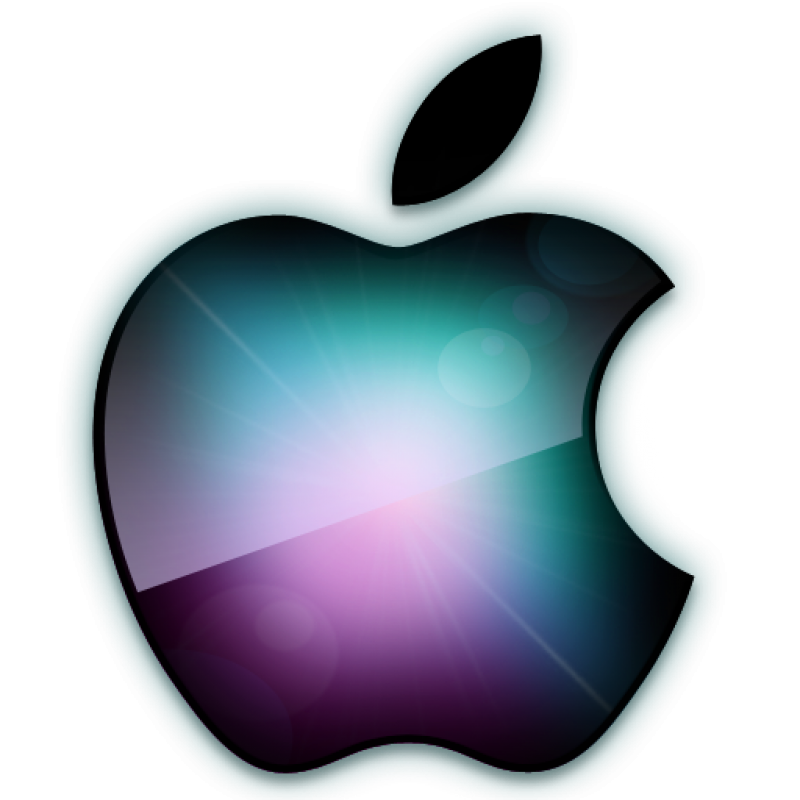Comprehensive Guide to iOS App Signing
In the world of iOS app development, app signing is a crucial step in the deployment process. This guide will walk you through the intricacies of iOS app signing, helping you ensure that your app is secure, reliable, and ready for distribution. Whether you're a newcomer or an experienced developer, understanding app signing is essential.
Firstly, what is iOS app signing? App signing is a security process that verifies the identity of the developer and ensures that the app has not been tampered with since its initial creation. It involves creating a digital signature using a certificate and a private key, which guarantees the integrity and authenticity of the app.
To begin signing your iOS app, you need an Apple Developer account. This account provides access to essential tools and resources needed for app signing, including certificates and provisioning profiles. Once you have your account set up, you can create a signing certificate through the Apple Developer portal. This certificate is vital for signing your app during development and distribution.
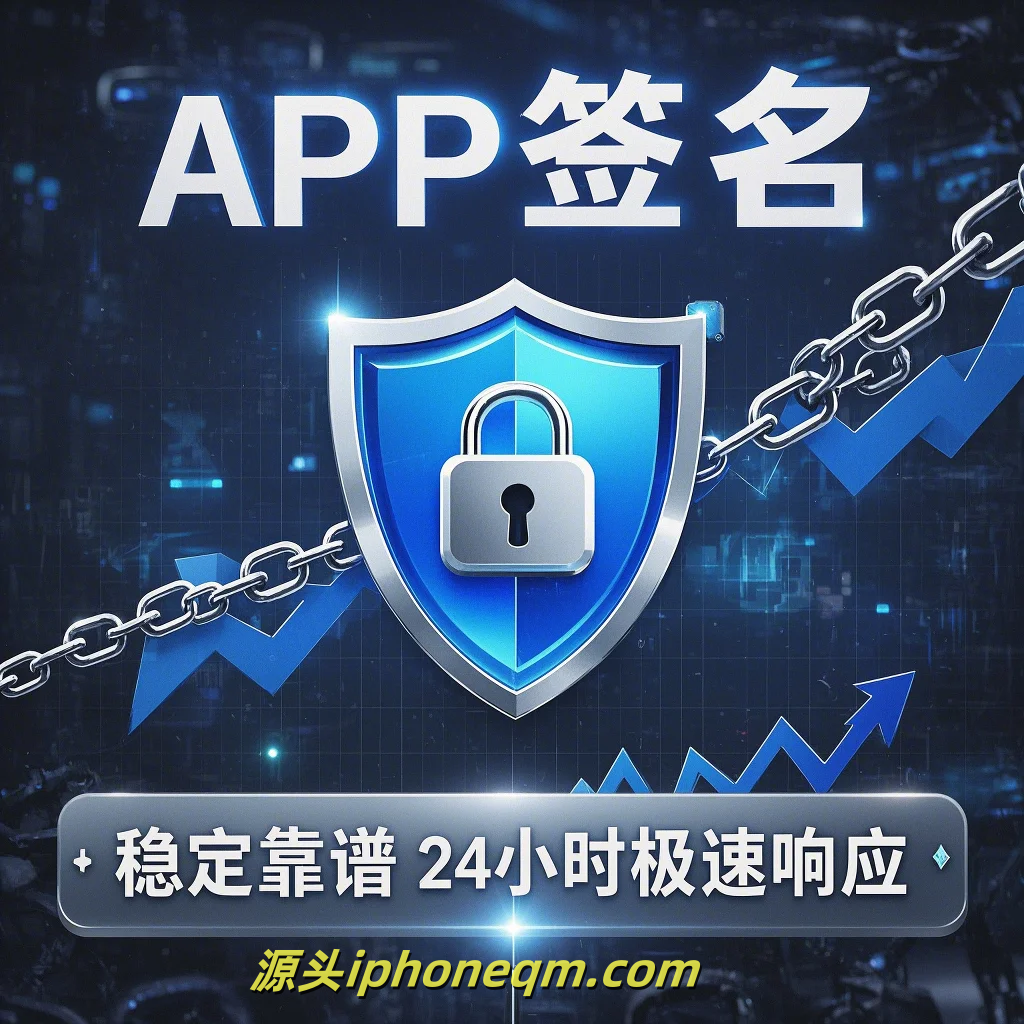
Next, let’s explore the different types of certificates. There are three main types: Development, Distribution, and Ad Hoc. The Development certificate is used for testing your app on physical devices. The Distribution certificate is targeted for apps that will be submitted to the App Store, while the Ad Hoc certificate allows you to distribute your app to a limited number of devices for beta testing.
After generating your signing certificate, you will need to create a provisioning profile. A provisioning profile associates your app with the signing certificate and specifies the devices that are authorized to run the app. There are two primary types of provisioning profiles: Development and Distribution. The Development profile is used when deploying the app to devices for testing, while the Distribution profile is required for submitting the app to the App Store.
Once your certificates and provisioning profiles are set, you can proceed to sign your app. This process typically involves using Xcode. When you build your app, Xcode will automatically utilize the appropriate signing certificate and provisioning profile based on your project settings. It’s vital to ensure that these settings align with the type of build you are creating—be it for testing or App Store distribution.
In case of errors during the signing process, check the error messages closely. Common issues include code signing mismatches or expired profiles. Updating or renewing your certificates and provisioning profiles through the Apple Developer portal can often resolve these issues.
Now, let’s discuss the significance of app signing from a security standpoint. Signing your app helps prevent malicious alterations and assures users that the app comes from a legitimate source. It also enhances your app’s credibility, which is especially important when gaining user trust in a saturated market. Unsigned apps or improperly signed apps can lead to app rejections in the App Store.
Another beneficial tip is to regularly update your certificates and profiles to maintain the integrity of your app. Apple periodically changes security requirements, and staying current will ensure your app meets the latest standards.
In summary, iOS app signing is an indispensable part of the app development lifecycle. By understanding the types of certificates and provisioning profiles, and mastering the signing process, you can enhance your app’s security and reliability. Whether you are aiming for App Store success or distributing the app for internal testing, proper app signing will set the foundation for a successful deployment. Follow these steps diligently, and you'll be well on your way to creating a robust iOS application.
扫描二维码推送至手机访问。
版权声明:本文由MDM苹果签名,IPA签名,苹果企业签名,苹果超级签,ios企业签名,iphoneqm.com发布,如需转载请注明出处。

